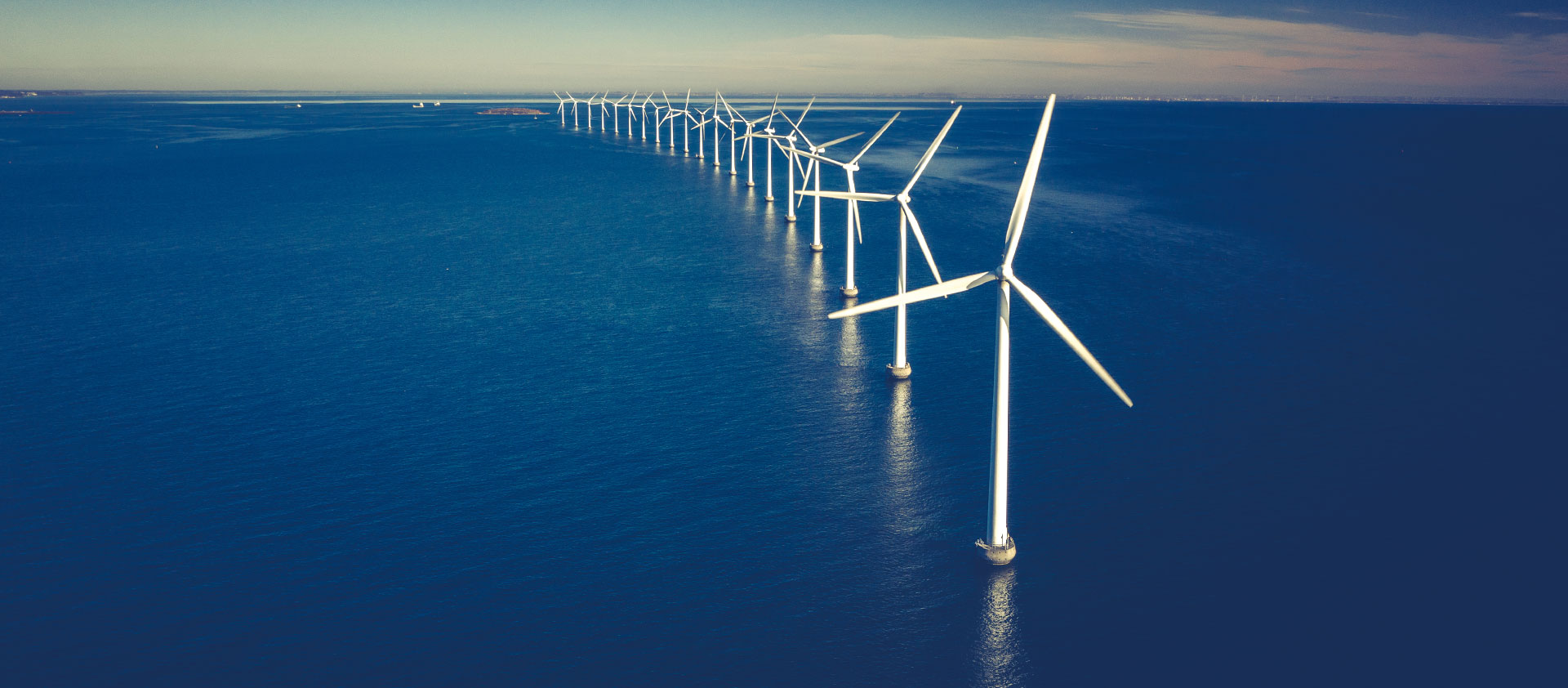CEF in the media
AER AGL Aluminium Batteries Battery Budget BYD CATL CBAM China Coal Critical minerals Decarbonisation Diesel DMO Election Electric Vehicle Electricity/electrification electrostate Energy crisis Federal Election Finance Sector & Emissions Gas Green Iron/Steel Hydrogen India & Adani Methane Nuclear offshore wind Oil OP EDS Peter Dutton Podcasts Renewables Solar Tariff Taxes and subsidies US IRA/EU NZIA et al Wind
OP ED | As coal crumbles, failure to pivot to green iron risks halving Australian export revenues
Renew Economy
INTERVIEW | Tim Buckley on ABC South East NSW with Eddie Williams
ABC South East NSW
Dartbrook coal mine plunges into administration after defaulting on $174 million loan
ABC News
We, The Climate Wonks Of Asia, In Order To Form A More Perfect CBAM…
Let Me Sum Up
Another CCS dream wins major project status, as feds keep faith with Sun Cable and cobalt plans
Renew Economy
Australia: Energy Security Corporation launches in New South Wales with mandate for energy storage
Energy Storage News
There’s a Race to Power the Future. China Is Pulling Away.
The New York Times
“Just staggering:” China installs 100 solar panels a second as total PV capacity tops 1 terawatt
Renew Economy
OP ED | Want to stop high energy prices? End addiction to imported oil
The Australian Financial Review
OP ED | Towards a Strategic Reset for Australia in the New Renewable Age Driven by China
Australian Institute of International Affairs
PODCAST | Tim & Grant McDowell on Spark Club: Australia Needs More Wind Energy
Spark Club Podcast
OP ED | I’ve seen the energy future and it’s in China, and Australia must ditch its distrust and collaborate
Renew Economy
